Aerial Work Platforms (AWPs) — including scissor lifts and boom lifts — depend on reliable batteries to deliver safe and efficient lifting operations.
Selecting the right battery directly affects runtime, maintenance costs, and overall performance.
In this article, we’ll walk you through how to choose the best AWP batteries, comparing different types and sharing key selection and maintenance tips.
Understand Your Power Requirements
Before choosing a battery, it’s important to understand your equipment’s working conditions and energy needs.
Consider the following:
● Voltage and capacity requirements — Always refer to your equipment’s manual.
● Operating time per shift — Long hours require higher capacity or faster-charging batteries.
● Work environment — Outdoor or indoor, high or low temperature.
● Usage frequency — Daily operations versus occasional use.
By defining these factors, you can narrow down which battery technology and size best fit your fleet’s workload.
Battery Types: Lithium and Lead-Acid
Both lithium and lead-acid batteries are proven power sources for AWPs, each offering distinct advantages depending on the application.
|
Feature |
Lithium Battery |
Lead-Acid Battery |
|
Charging Time |
Fast (1–2 hours) |
Standard (6–8 hours) |
|
Maintenance |
Maintenance-free |
Requires periodic watering & cleaning |
|
Cycle Life |
3000–4000 cycles |
800–1500 cycles |
|
Initial Cost |
Higher upfront |
Lower investment |
|
Temperature Range |
Wide range |
Performs best in mild climates |
|
Efficiency |
High (90–95%) |
Moderate (75–85%) |
When lithium AWP batteries fits best:
● For long working hours, multiple shifts, or limited downtime between operations.
● When fast charging and low maintenance are priorities.
When lead-acid AWP batteries fits best:
● For standard-duty applications with stable schedules.
● When minimizing initial cost is more important than charging speed.
Both options can deliver excellent results — it’s about choosing based on your operation type, budget, and maintenance capabilities.
Key Factors to Consider When Selecting a Battery
When choosing a battery for your aerial work platform (AWP), it’s important to look beyond price and focus on performance, safety, and compatibility. The following key factors will help you make a smarter decision:
1. Capacity (Ah or Wh)
Battery capacity determines how long your lift can operate on a single charge. A higher capacity means longer runtime, which is essential for long shifts or outdoor projects. However, choosing a battery that’s too large can add unnecessary weight and cost—so always match capacity to your actual work requirements.
2. Charging Efficiency
The faster your battery charges, the less downtime your equipment experiences. Efficient charging systems are especially useful for fleets that run multiple shifts or need quick turnaround between jobs. Lithium batteries generally support faster charging, while lead-acid types may need longer rest periods after charging.
3. Weight and Balance
Every AWP is designed with a specific weight distribution in mind. Using a battery that’s too heavy or too light can affect lifting stability and safety. Always choose a AWP battery that meets your lift manufacturer’s weight specifications to ensure smooth and balanced operation.
4. Temperature Tolerance
Batteries perform differently under temperature extremes. In hot environments, overheating can shorten lifespan; in cold weather, capacity may drop temporarily. If your lifts operate outdoors year-round, look for batteries designed to perform reliably across a wide temperature range.
5. Safety and Certification
Safety should never be compromised. Choose batteries that comply with recognized international standards such as CE, UL, or UN38.3. These certifications indicate the product has been tested for safety, quality, and transport reliability.
Maintenance and Care Tips
Proper maintenance keeps both lithium and lead-acid batteries in good condition, helping them perform better and last longer.
1. General Best Practices
● Charge fully after each workday. Avoid letting the battery discharge below 20%, as deep discharge can shorten its lifespan.
● Keep terminals clean and dry. Check regularly for corrosion or dirt, and clean them if needed.
● Use the correct charger. Always match the charger to your battery’s type and capacity to ensure safe and efficient charging.
● Store properly. Keep batteries in a cool, dry, and well-ventilated place when not in use.
2. For Lead-Acid Batteries
● Check electrolyte levels. Regularly inspect and refill with distilled water when levels are low.
● Avoid overcharging. Overcharging can cause water loss and shorten battery life.
● Keep the surface clean. Wipe the top of the battery to prevent dust or acid buildup.
3. For Lithium Batteries
● Monitor the Battery Management System (BMS). Make sure it’s active and working properly to protect against overcharge, over-discharge, and overheating.
● Avoid extreme temperatures. Don’t charge or store lithium batteries in very hot or cold conditions, as it may affect performance and safety.
Cost and Performance Balance
The “best” battery is not necessarily the most expensive one — it’s the one that fits your operational needs efficiently while providing reliable performance.
Lead-acid batteries are a proven, cost-effective choice. They perform reliably for standard workloads, making them suitable for daily operations where moderate runtime and lower upfront cost are priorities.
Lithium batteries deliver longer service life and higher energy efficiency, which is ideal for intensive or multi-shift operations that demand fast charging, longer runtime, and minimal maintenance.
To make an informed decision, consider the total cost of ownership (TCO), which includes:
● Initial purchase price
● Maintenance requirements and associated costs
● Charging time and productivity impact
● Replacement cycle and lifespan
By evaluating both performance and long-term costs, you can select a battery that maximizes efficiency, reduces downtime, and provides the best value for your fleet.
Conclusion
Choosing the right AWP battery starts with understanding your equipment’s needs, comparing technologies fairly, and following good maintenance habits.
Whether you operate scissor lifts, boom lifts, or other aerial platforms, Vision provides a full range of lithium and lead-acid motive power battery solutions to meet diverse operational demands — from cost-sensitive projects to heavy-duty, high-performance applications.
Explore Vision AWP battery product to find the perfect power fit for your fleet.












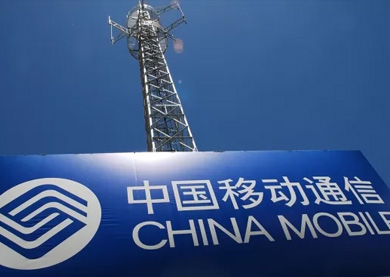





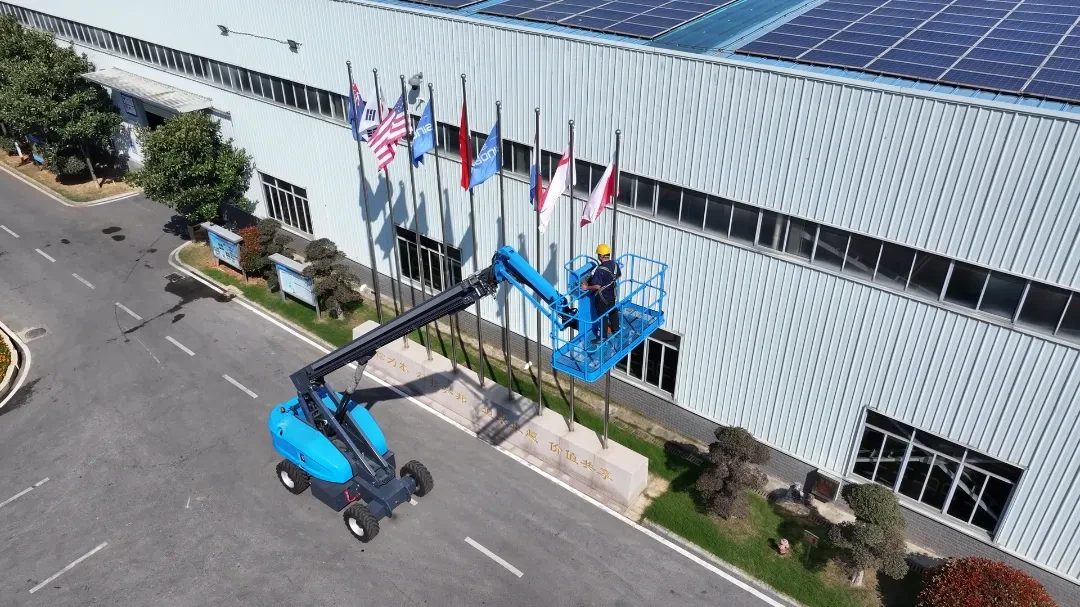
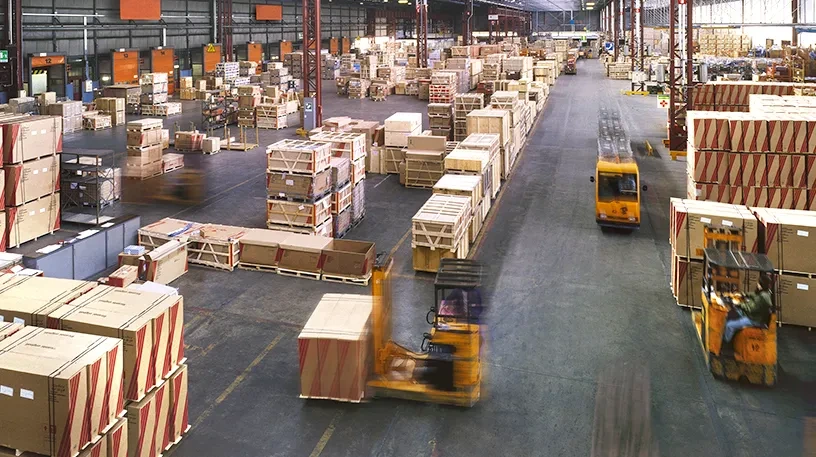



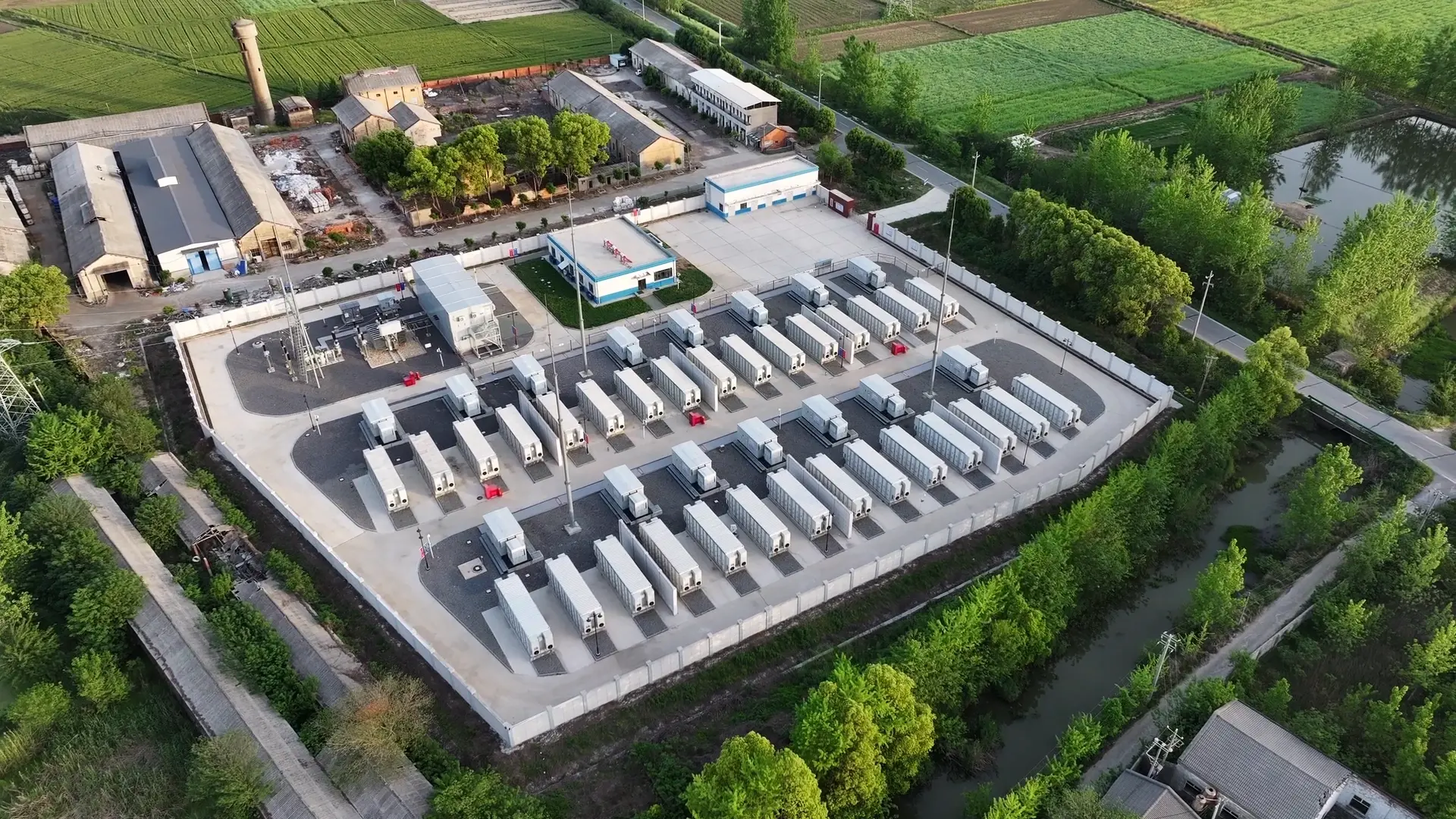
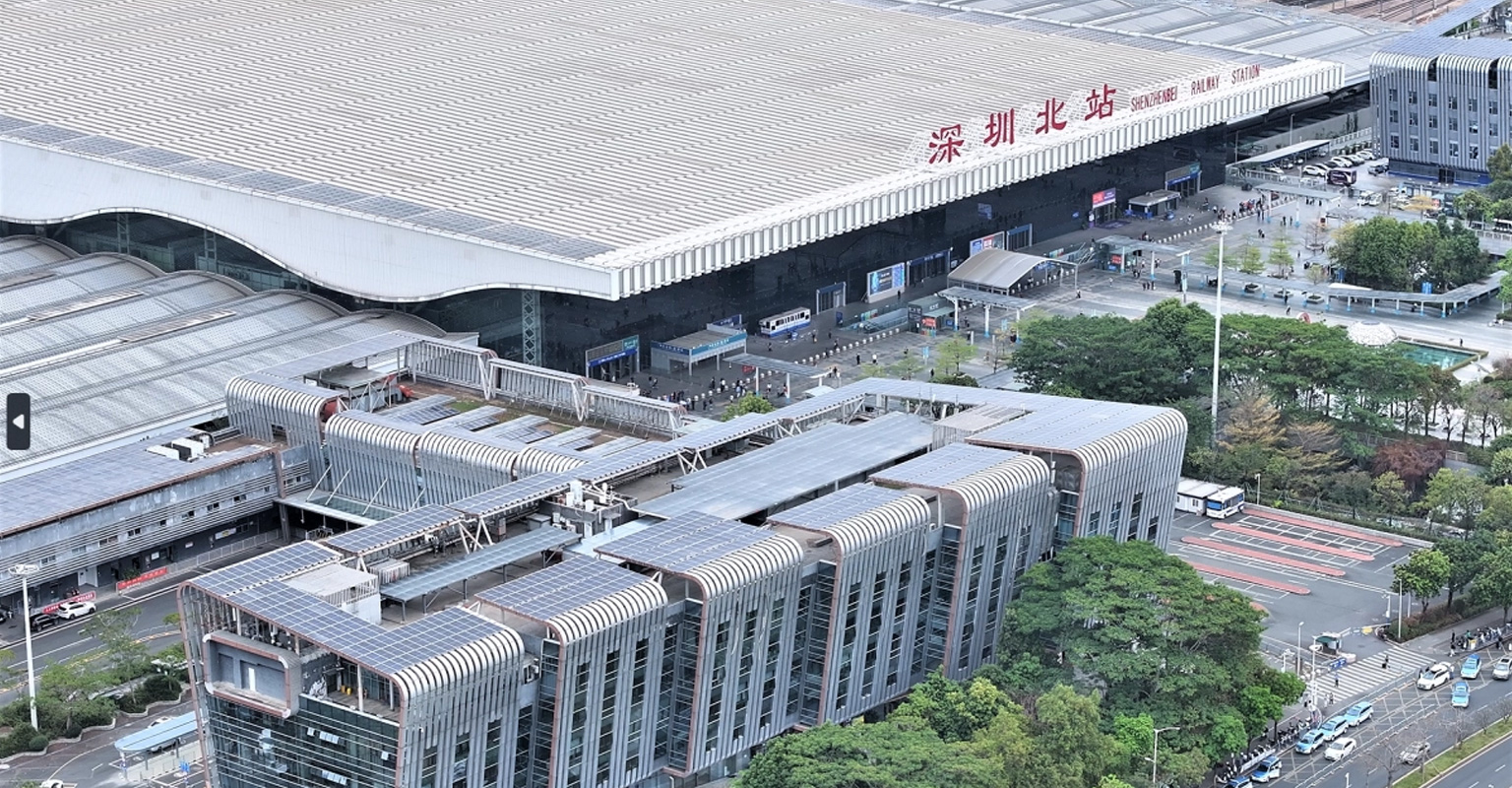



 2025-10-14
2025-10-14 Name
Name Tel
Tel Email
Email Country
Country Company
Company Information
Information